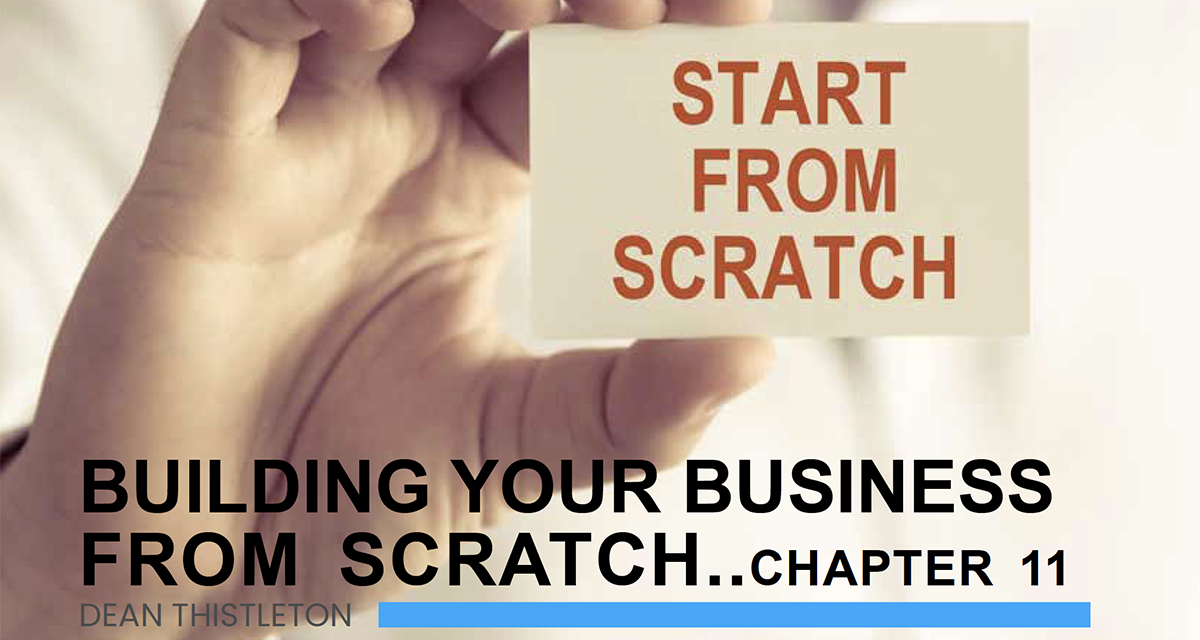Turning an Idea into a Product
As I’ve been writing this book, I’ve had a break through on a new product which in turn is going to be a new business venture.
Last year I was sat on a sun lounger in Dubai (the best ideas come to you when you’re relaxed, especially in the sunshine). I was laying there thinking that there’s a gap in the market between a hot tub and a domestic swimming pool.
So, my thinking was that there’s a large financial cost between the two. Then my thinking turned to a more affordable pool that can be bought by a 30k a year earner. The outcome was turning a shipping container into a swimming pool. How hard could that be? Seems easy when you’re sat in 35-degree heat with a beer in your hand.
The more I thought about it, the more the engineering side of my brain was kicking in and a plan of how we would build them started to formulate. This idea was achievable and being a shipping container, we could ship it around the world. Whoop pass me another beer.
On my return from holiday I knew I had a good idea with the product but was it a business. A mini business plan was quickly put together and the numbers were crunched. Sell 12 of these in the first year and we have the foundation for a good profitable business to build on. Within a month of my return, the business plan stacked up and a decision was made to build the prototype and JFDI.
JFDI is an acronym given to me by my Renegade Mastermind Group. It means Just Fucking Do It, because that’s the advice I give them, and is also something I live in to and it gets me results.
If you don’t do it then someone else will
There were going to be two size options for the container pools, 20ft long and 40ft long as these were two standard sizes of shipping containers. We like a challenge so we ordered a brand new 40ft shipping container to be delivered to the factory. Because this was our first build, we didn’t have any staff to carry out any of the works.
I quickly assembled a team that we needed to get the job done. This was myself, my contracts manager from another business and a welder/fabricator who I knew from school days. As we all had other commitments, we could only work on the container at night time and weekends. The main thing was that we were all onboard and prepared to do whatever it took to produce our first container pool.
We produced a 3D AutoCAD image of how we wanted the container pool to look as a finished article. All the internal parts were sketched up on how we thought it would go together along with a process of what needed to be done at each stage of the build. We were in a perfect “fake it until you make it” situation. We had to go for it and fight the challenges head on.
You see this thought could have stayed in my thoughts for a long time without taking any action to execute it, but if I didn’t do it, you can guarantee somebody else would. So, we begun to push on with the works. This was to be the build process:
- Cut the roof off and trim the pool down to the correct depth
- Stiffen up the top edge of the container
- Fabricate and install plant room wall
- Fabricate and install steps and landing for pool entry
- Fabricate and install door at bottom of steps
- Install plywood and cement board internally in the pool
- Install pipe work, pool fittings and pool lights
- Install internal lining membrane system
- Install top edge decking boards
- Plywood main stairs up into the pool and decking boards
- Fit out plant room equipment
- Spray paint the outside of container
- Fill with water and test
Oh, I wish it was that easy. . . Let’s just say all this came with some major challenges. Some nights we would work for 4 or 5 hours and by the end of it we were altering or taking out what we had built. One step forward, two steps back was mentioned a few times. The main thing was we were learning how to do it and how not to do it.
After 10 weeks of following the build process through it was time to test the pool and fill with water.
The first test we had around 400mm of water in the bottom and had to empty to fix a leak. After fixing the leak we did a second test, this time we filled the pool to the top and noticed the top edge of the pool had deflected with the weight of the water. Oh shit, we didn’t foresee this one. We believed the steel was sized correctly but we had deflection. Although it wasn’t a lot, I’m a perfectionist and we had to do something about it. So, we had no choice but to empty the pool of water and add more steel around the top edge and perimeter to stiffen up the top which would stop any deflection, this also meant adding more decking around the perimeter as well as a re-spraying the outside of the container.
With these works complete, we once again filled the pool with water, and with our fingers crossed there would be no leaks or deflection in the steel work.
After 4 days of filling and constant checking, the pool was finally full. Next, we fired up the filtration system to check all pipes, filter, heater and pumps were all in working order. And it was pleasing to see we didn’t have any problems, so we kept the pool running for 48 hours to prove the system. Finally, we had ironed out the problems and had our first prototype. But most importantly a viable product that could be sold to customers.
At the outset I thought the pool was going to take us around 8 weeks to build. It took us 14 weeks.
We had many ups and downs throughout the build and we also learned a hell of a lot too. The trick as I’ve said before, is to just get started. Everything will come to you as you need it.
We sacrificed our summer this year to work on a product to prove we had a business. You see, I challenged myself to build the first container pool, so I could see and learn with my own head and hands how it was done. Now I’ll be writing an operation manual on how to build a container pool step by step which will include a part list for a 40ft container pool build. I’ll then be getting the employees to build a 20ft container pool and documenting the same information so an operation manual can also be written.
The next challenge for me will be to build a business that doesn’t need me on a day to day basis to work in it. I’ll be using all the knowledge I’ve learnt to build this business differently from the ones I have started before. I’ll be starting with the end game in mind.
To be continued…





